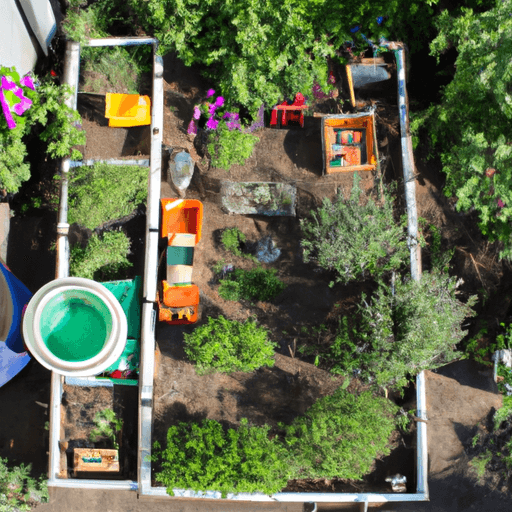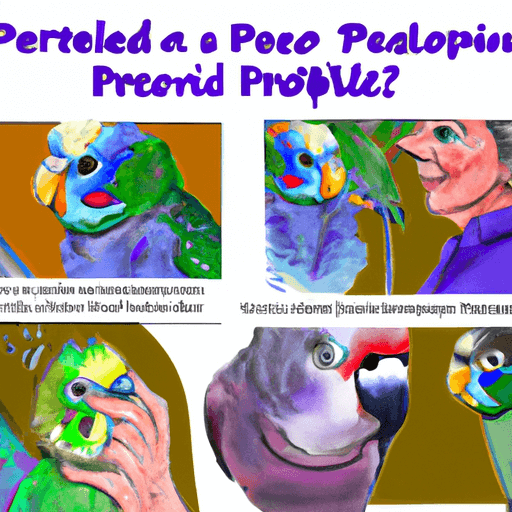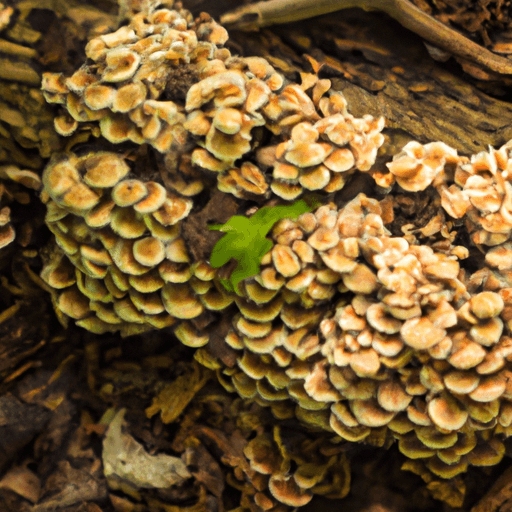Implementing Permaculture Principles in Urban Home Gardens
Introduction to Permaculture
Permaculture is a system of agricultural and social design principles centered around simulating or directly utilizing the patterns and resilient features observed in natural ecosystems. It presents a fundamental shift from traditional gardening ideations, capitalizing on natural processes to create a self-sustaining and life-enhancing output.
The Need for Permaculture in Urban Environments
In urban settings, challenges such as limited green space, heat islands, pollution, and resource scarcity make permaculture a practical and beneficial approach to gardening. By bringing this sustainable gardening design into the heart of our cities, we can displace waste and pollution, improve local ecosystems, and create healthier living spaces.
Principles of Permaculture
Conservation
Permaculture emphasizes the conservation of resources. In relation to urban homes, this could mean efficient watering strategies, composting kitchen waste, or harvesting rainwater.
Biodiversity
A diverse garden is a healthy garden. By utilizing a range of plant species, pests and diseases are managed naturally and soil fertility is maintained.
Self-Sufficiency
Permaculture systems aim for self-sufficiency. For urban home gardens, this could mean growing food crops, maintaining a small flock of chickens for eggs, and composting for nutrient recycling.
Sustainable Use of Resources
Every element of an urban permaculture garden should serve multiple functions, ensuring the most efficient and sustainable use of resources.
Practical Applications in Urban Home Gardens
To integrate these principles into an urban home garden, start by observing the natural patterns in your space, such as sunlight exposure or water flow during rains. Then design your garden to maximize these resources. Create diverse plantings, compost waste, and recycle rainwater. If possible, find local sources of materials, like fallen leaf mulch or coffee grounds from a local café.
For example, a homeowner in Brooklyn, New York, transformed their conventional back yard into a self-sufficient urban oasis using permaculture principles. They used vertical garden structures to maximize space, composted kitchen scraps for fertilizer, and introduced native species to support local wildlife. They now enjoy a diverse and productive garden while minimizing waste and resource inputs.
Challenges and Overcoming Them
One major challenge of practicing permaculture in an urban setting can be navigating local ordinances and homeowners associations. An in-depth understanding of these policies, as well as neighbors' communication, can alleviate potential issues.
Another potential constraint is limited space. However, through vertical gardening, container gardening or green roof technologies, these challenges can be overcome.
Conclusion
By shifting our mentality towards a more ecological and resource-efficient strategy, urban home gardeners can create productive, resilient, and sustainable spaces, better aligned with the processes of nature, irrespective of the space or place constraints.

















Comments
Leave a Comment